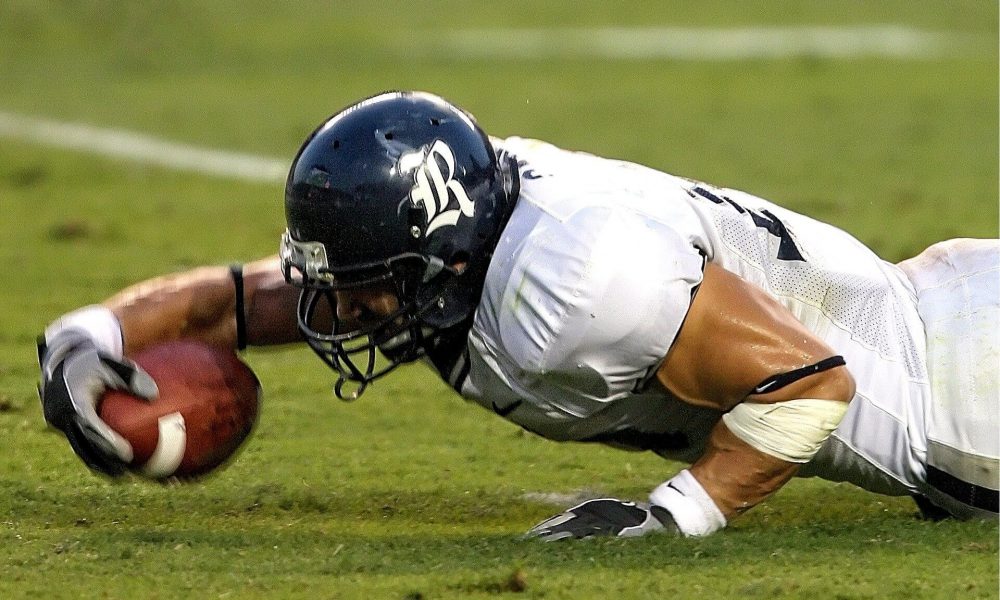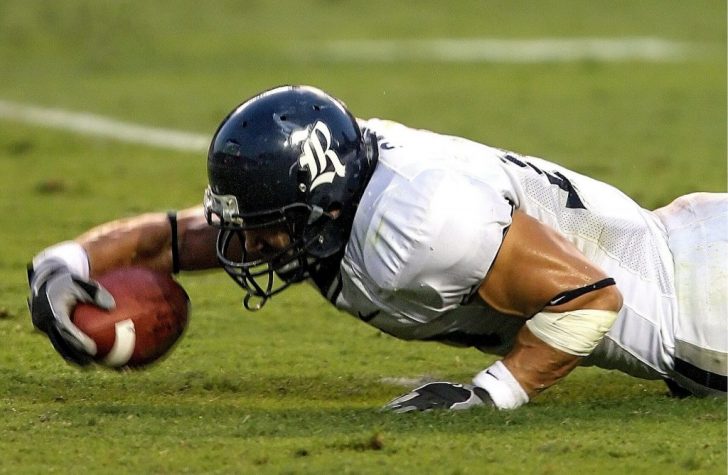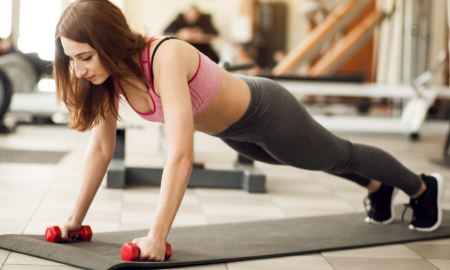
5 Reasons Why Footballers Wear Bicep Bands

Bicep bands have become an iconic part of a footballer’s kit. While they may seem like just another stylish accessory, these bands serve several purposes that go beyond mere fashion.
Here are some of the most common reasons you might not know before:

Sportsy / If you are an NFL fan, you have noticed players wearing bicep bands. These are not without purpose.
Bicep Bands Enhance Muscle Support and Reduces Injury Risk
Bicep bands are often worn by footballers to provide mild compression to the muscles of the upper arm. The compression offered by these bands helps in stabilizing the bicep and tricep muscles during the intense physical activity of a football game.
By doing so, bicep bands can help reduce the risk of muscle strains and tears, which are common injuries in sports that involve high-speed arm movements such as throwing and catching.

FrontStory / One of the most common reasons for wearing bicep bands is to avoid injuries during a football match.
The snug fit of the bands promotes blood circulation to the arm muscles, potentially aiding in quicker muscle recovery and reducing post-game soreness. This support system is crucial, especially in a contact sport like football, where every small advantage can make a significant difference.
Sweating and Slip Prevention
Another practical reason footballers wear bicep bands is to manage sweat. During a strenuous game, players sweat profusely, which can make their arms slippery. Bicep bands absorb some of this sweat, preventing it from dripping down to the hands and compromising the grip on the ball.
This is particularly important for positions such as quarterbacks or wide receivers in American football, where maintaining a firm hand grip is crucial for effective ball handling and throwing accuracy. The bands help ensure that sweat does not interfere with the player’s performance. Thus, they provide a simple yet effective solution to managing perspiration on the field.
A Tool for Medical and Injury Information
Bicep bands can also play an essential role in conveying medical information about the player. Some players wear these bands to cover up medical devices like insulin pumps or to secure protective padding that helps manage chronic injuries.

Marca / The color of the band can sometimes indicate medical alerts to team staff and fellow players. This makes them aware of specific conditions or injuries the player might have.
This aspect of bicep bands is less known but is a critical functionality that supports player health and safety, ensuring that the necessary precautions are taken during the game.
Symbolic and Psychological Benefits
Beyond their physical benefits, bicep bands often carry symbolic significance for footballers. Players might wear bands in specific colors to support causes or commemorate significant events. For example, pink bicep bands are commonly seen during awareness campaigns for breast cancer. Wearing these bands can boost the morale of the team and show solidarity for a cause, which can be psychologically uplifting and motivating.
Furthermore, just the act of wearing these bands can instill a sense of confidence and readiness in a player. The psychological boost that comes from feeling fully equipped and supported can enhance performance on the field. Thus, making bicep bands a part of the mental preparation for the game.
The Fashion Factor
Lastly, there is no denying the fashion aspect of bicep bands. In the world of sports, where players’ images are constantly in the spotlight, looking good can feel just as important as playing well. Bicep bands have become a part of the football culture, serving as a medium for players to express their personal style and team spirit.
Whether coordinating with their team colors or choosing unique designs, players often use bicep bands to make a statement. This blend of style and sport not only enhances the visual appeal of the game but also allows players to stand out and express individuality within the team dynamic.
More inHealthy Trends
-
`
Are Popular Diet Trends Actually Good for Your Heart?
Diet trends grab headlines every year, promising everything from glowing skin to dramatic weight loss. But when it comes to the...
July 30, 2025 -
`
Why Are Men Taller Than Women? New Genetic Study Finds Clue
For centuries, the average height difference between men and women has been noticeable—men generally stand about five inches taller. While environment...
July 23, 2025 -
`
How Upcycled Beauty Ingredients Are Reshaping the Industry’s Future
The beauty industry is going through a big shift — and it’s not just about trends. As waste problems grow and...
July 17, 2025 -
`
A Look Inside Faith Kipyegon’s Groundbreaking Mile Run in Paris
Last week in Paris, Faith Kipyegon returned to a place she knows well: Stade Sébastien Charléty. But this time, she wasn’t...
July 9, 2025 -
`
Dairy Is Making a Major Comeback — And Health Shoppers Are Loving It
Just a few years ago, dairy sat quietly in the back seat while plant-based alternatives took the spotlight. Now, it’s stepping...
July 4, 2025 -
`
Does Aging Cause Dental Problems?
Aging doesn’t automatically mean losing teeth or developing gum disease. In fact, older adults today are holding onto more of their...
June 25, 2025 -
`
How Upcycled Ingredients Are Shaping the Future of Cosmetics
What used to end up in bins or compost heaps is now finding a new life inside skincare bottles and beauty...
June 18, 2025 -
`
Rock Legend Rod Stewart Trains to Break Sprint Record at 80
Age isn’t slowing Rod Stewart down. Known worldwide for his legendary voice, stadium-filling tours, and timeless hits like “Maggie May”, the...
June 11, 2025 -
`
The Truth Behind Detox Diets – Health Boost or Risky Trend?
It’s hard to scroll through your feed without seeing someone sipping green juice with promises of instant energy, glowing skin, and...
June 3, 2025














You must be logged in to post a comment Login